The National Cancer Institute’s Physician Data Query (PDQ) cancer information database went online
In 1982, the National Cancer Institute’s (NCI) Physician Data Query (PDQ) cancer information database went online. PDQ is…
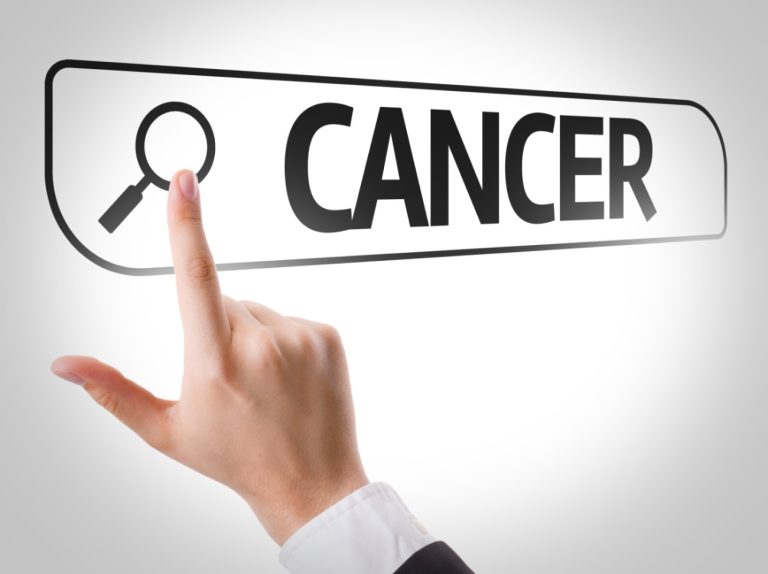
In 1982, the National Cancer Institute’s (NCI) Physician Data Query (PDQ) cancer information database went online. PDQ is…

In 1982, the Fred Hutch established the Cancer Prevention Program in Seattle, which has made key contributions to…

In 1981, John Wayne Cancer Institute (formerly known as the John Wayne Cancer Clinic) was founded to promote…
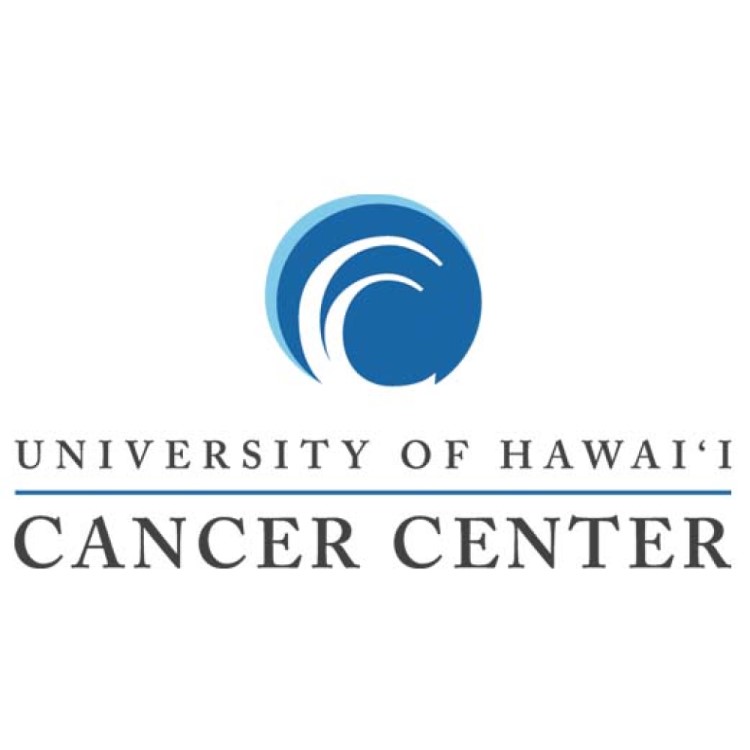
In 1981, The University of Hawaii Cancer Center (UH Cancer Center) was founded. The UH Cancer Center’s mission…
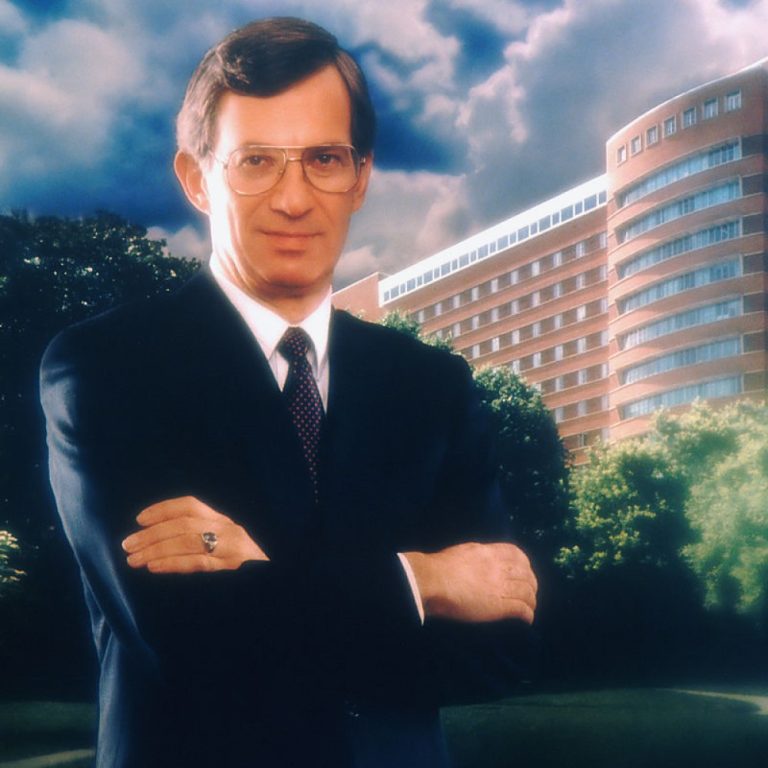
On Jul. 9, 1980, Dr. Vincent T. DeVita, Jr. became the ninth director of the National Cancer Institute…
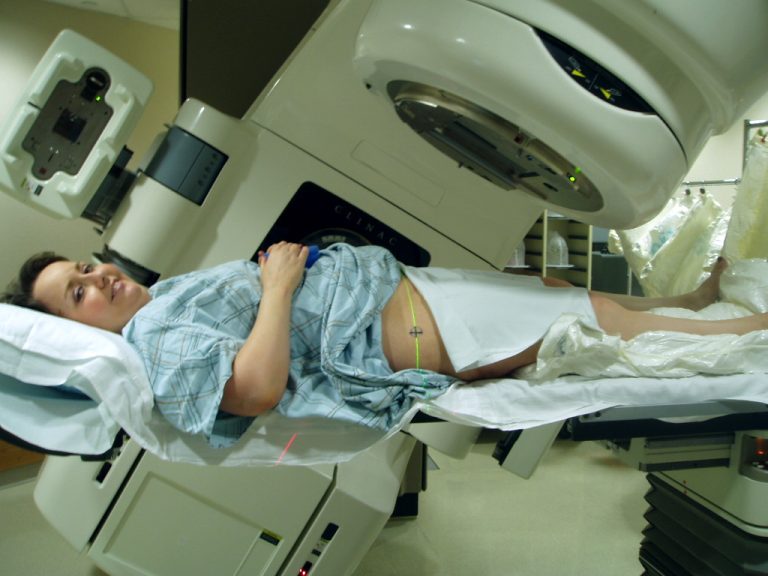
In 1980, the $2 million Gershenson Radiation Oncology Center (GROC) opened as a partnership between Wayne State University’s…
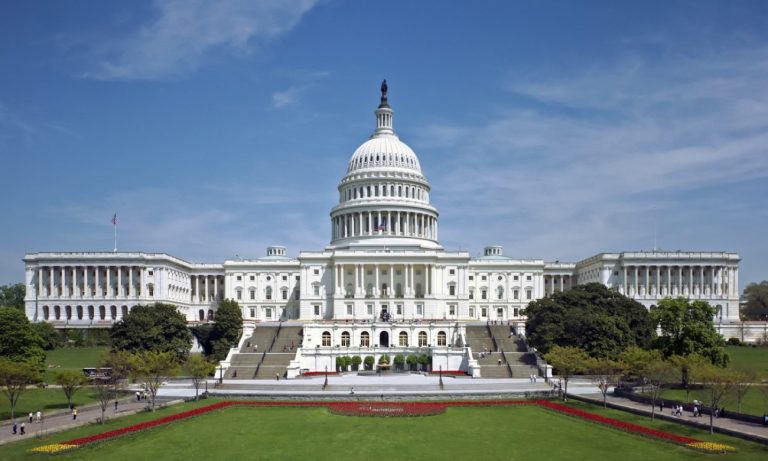
On Dec. 27, 1979, the U.S. Congress approved the change of the Laboratory’s name to Lawrence Livermore National…

On Dec. 6, 1979, public Law 96-164 [S. 673] passed by the U.S. Congress, was signed by President…
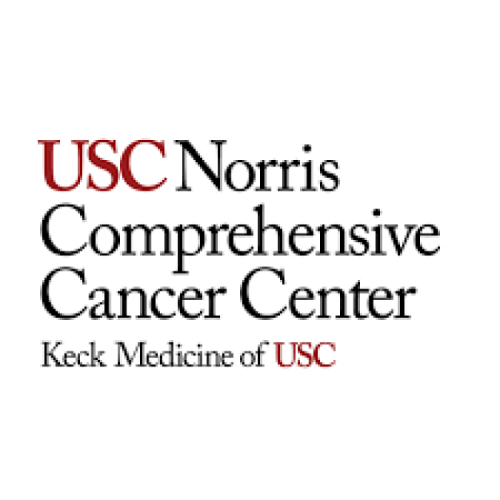
On May 10, 1979, ground was broken for the new site of the Kenneth Norris Jr. Cancer Research…
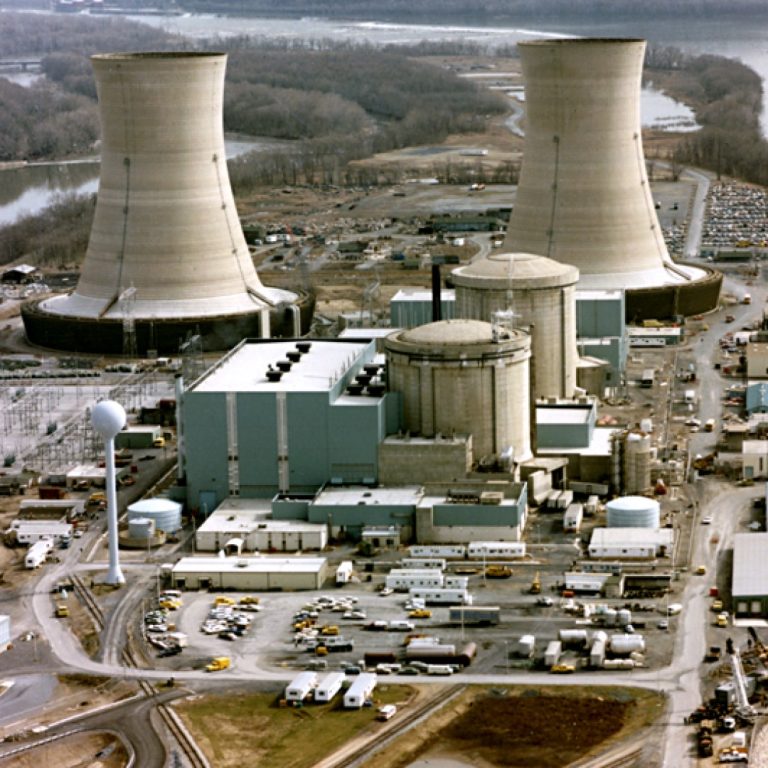
On Mar. 28, 1979, the U.S. Centers for Disease Control and Prevention (CDC) investigated health effects related to…
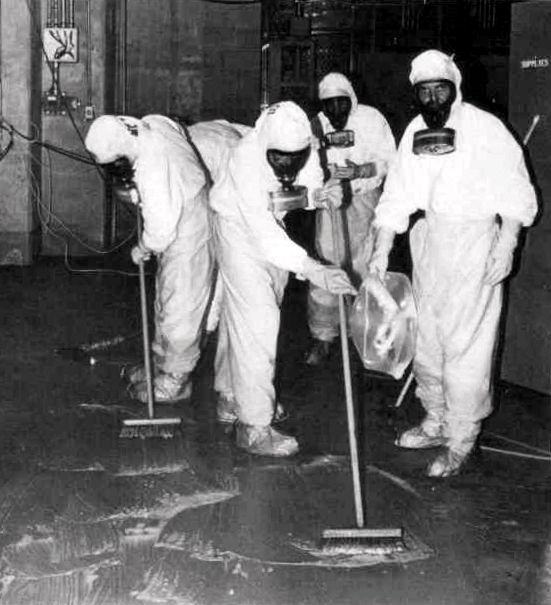
Om Mar. 28, 1979,the Three Mile Island Unit 2 (TMI-2) reactor, near Middletown, Pa., partially melted down resulting…
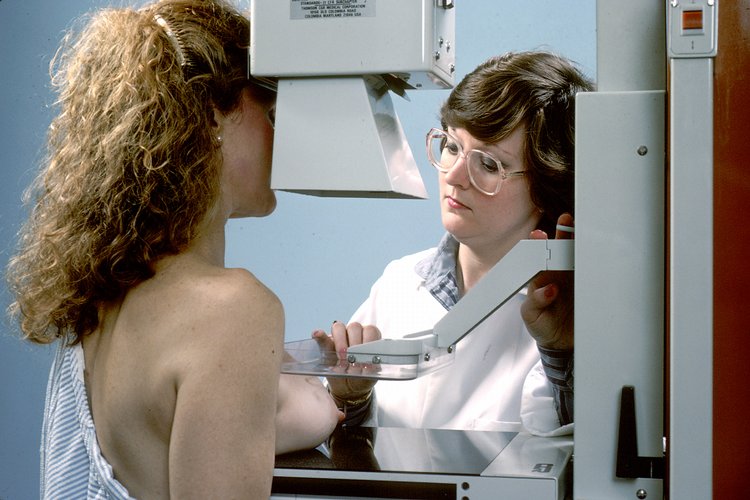
In 1979, Modified radical mastectomy replaced radical mastectomy for breast cancer. The standard of care for patients with…
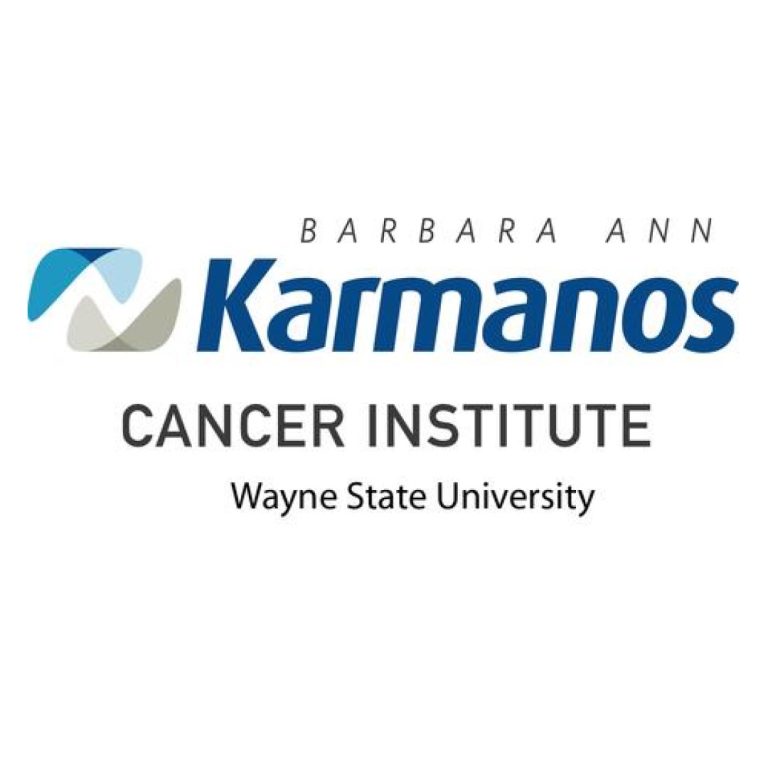
In 1978, The Karmanos Cancer Institute (KCI), a not-for-profit, NCI-designated Comprehensive Cancer Center was founded in metropolitan Detroit….
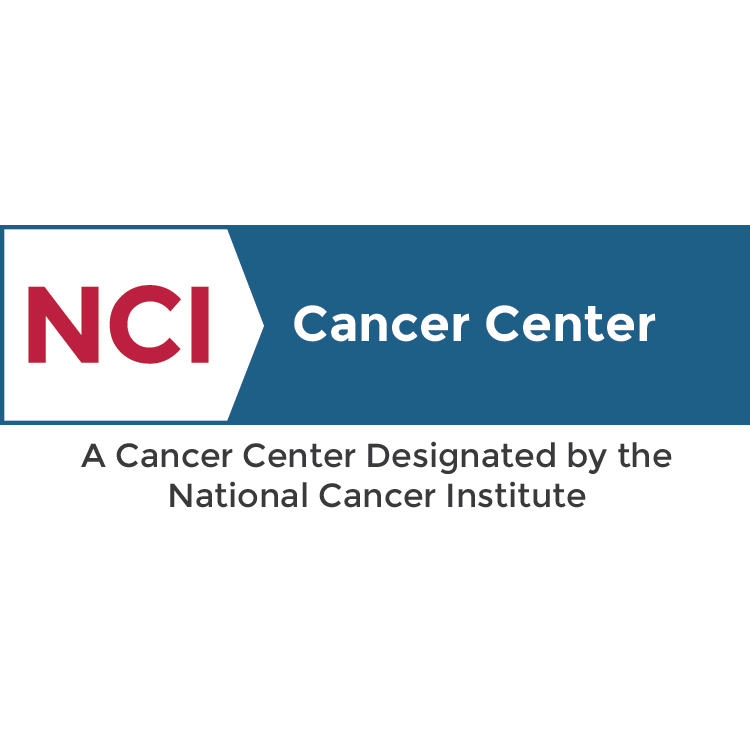
In 1978, the Norris Cotton Cancer Center in New Hampshire received National Cancer Institute (NCI) designated in recognition…
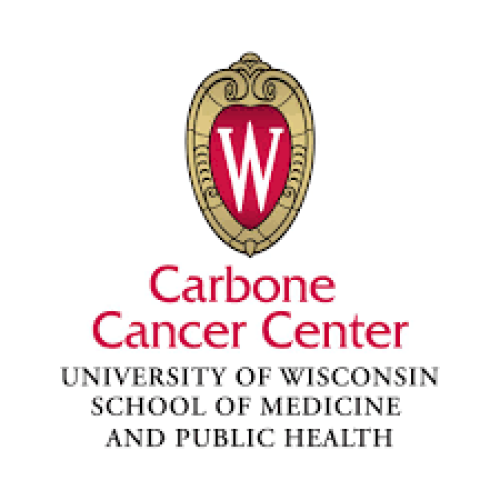
In 1978, the Carbone Cancer Center Clinical Sciences Center was completed in January adding over 70,000 square feet…
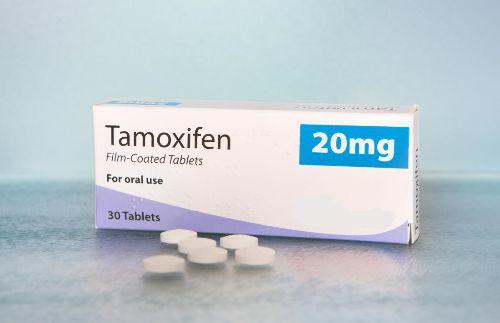
On Dec. 30, 1977, the U.S. Food and Drug Administration approved Tamoxifen, an anti-estrogen drug, for the treatment…

In 1977, the first national cancer patient education program (I Can Cope) was founded by the National Cancer…
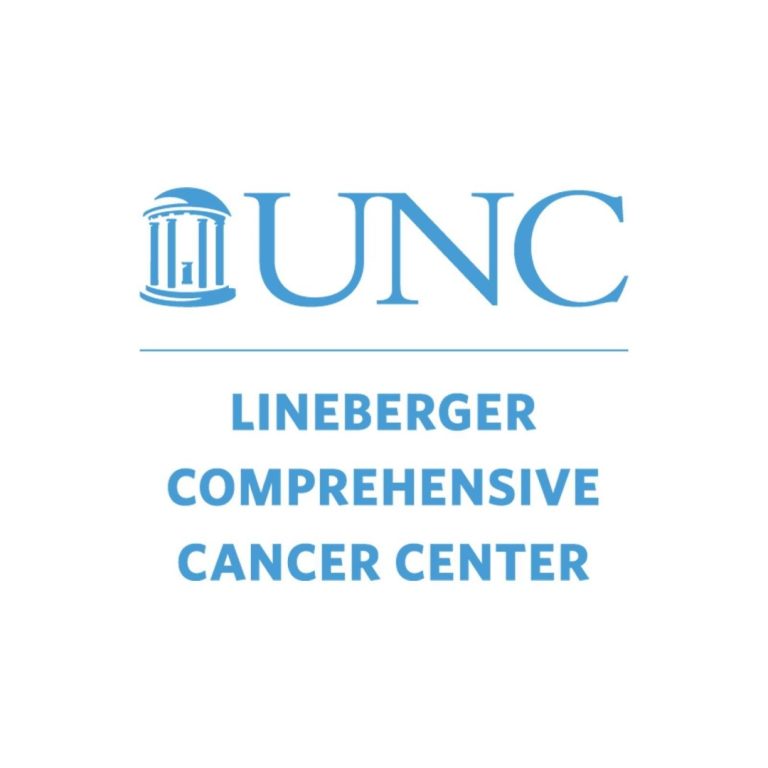
In 1977, the Lineberger Foundation pledged $1 million to a building fund for a new cancer research center…
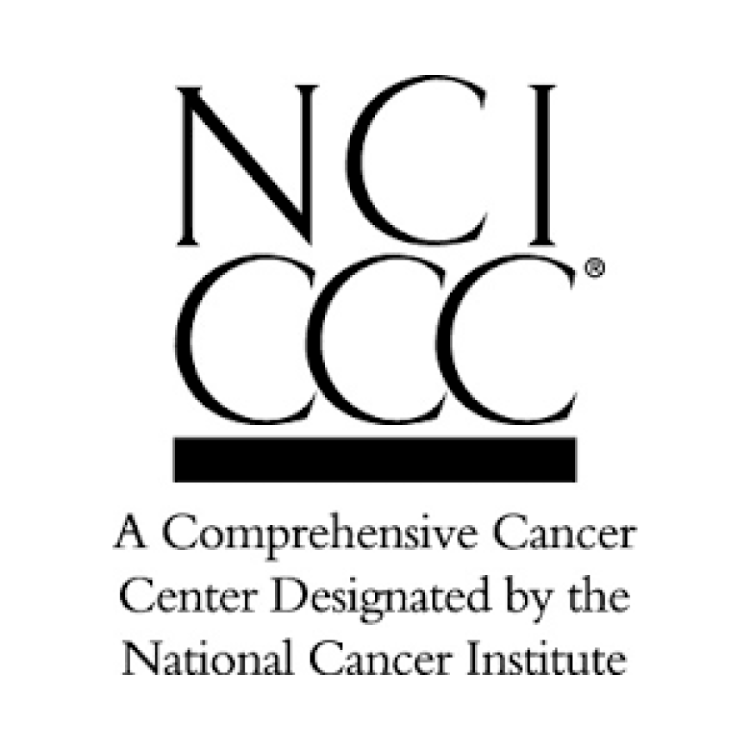
In 1976, the University of California, Los Angeles (UCLA) Jonsson Cancer Center received National Cancer Institute (NCI) “comprehensive…
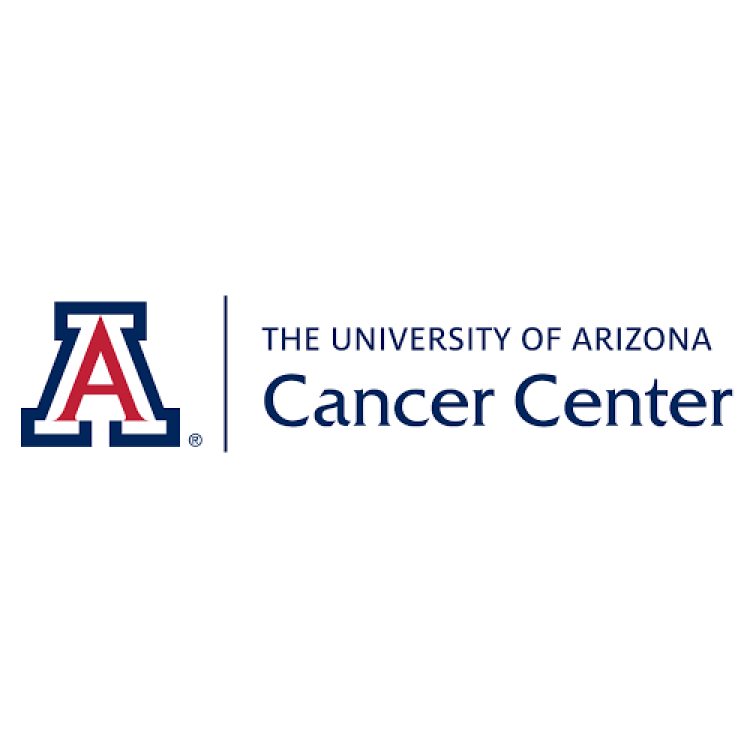
In 1976, the University of Arizona Cancer Center (UACC) was founded as a Division of The University of…

On Jan. 1, 1975, Kurt Amplatz published Radiographic changes in the postoperative patient in Cardiovascular Diseases. Amplatz, M.D.,…
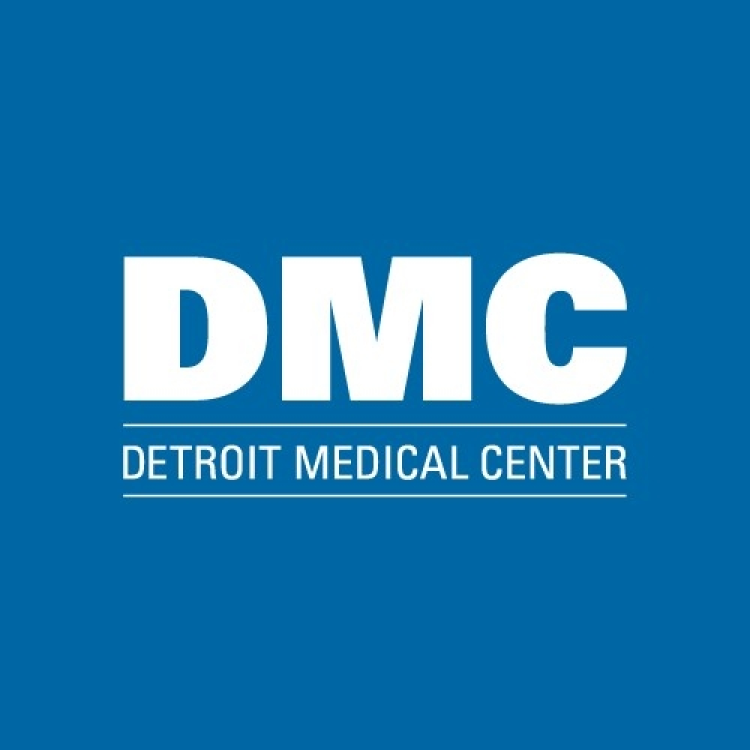
In 1975, the nonprofit Detroit Medical Center Institute for Oncology and Allied Diseases was established, formed from the…
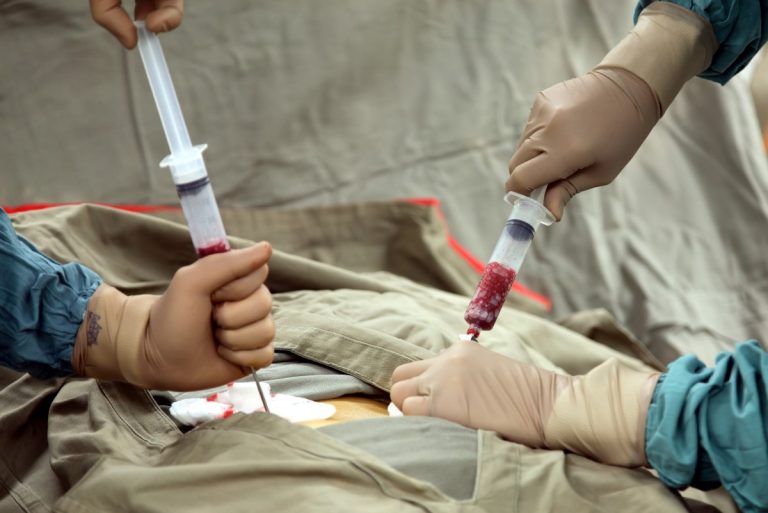
In 1975, Dr. E. Donnall Thomas, a pioneer in bone marrow transplantation, secured a permanent treatment home at…

On Dec. 17, 1974, CANCERLINE, a national database of published cancer research, was established by the National Cancer…

On Sept. 10, 1974, the Division of Cancer Control and Rehabilitation (DCCR) was established by the National Cancer…

On Jul. 23, 1974, the National Cancer Act Amendments of 1974 (P.L. 93-352) were signed by the President…
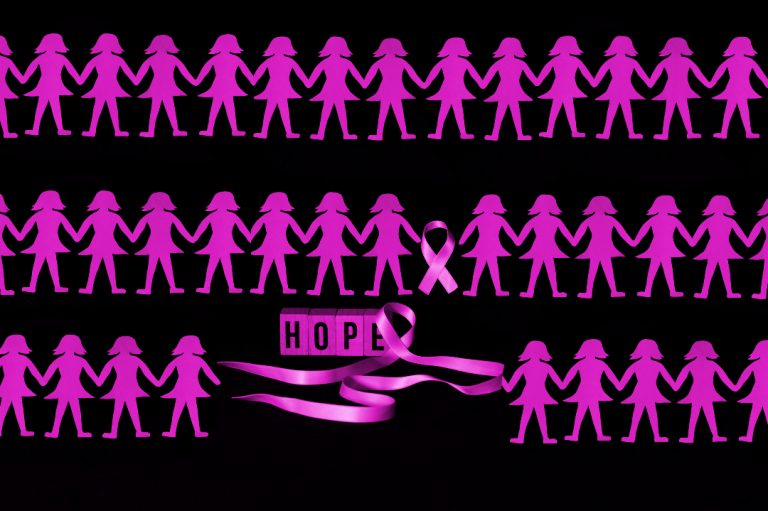
In 1974, the National Cancer Institute (NCI) chose the Pacific Health Research Institute (PHRI) to undertake the ‘Breast…
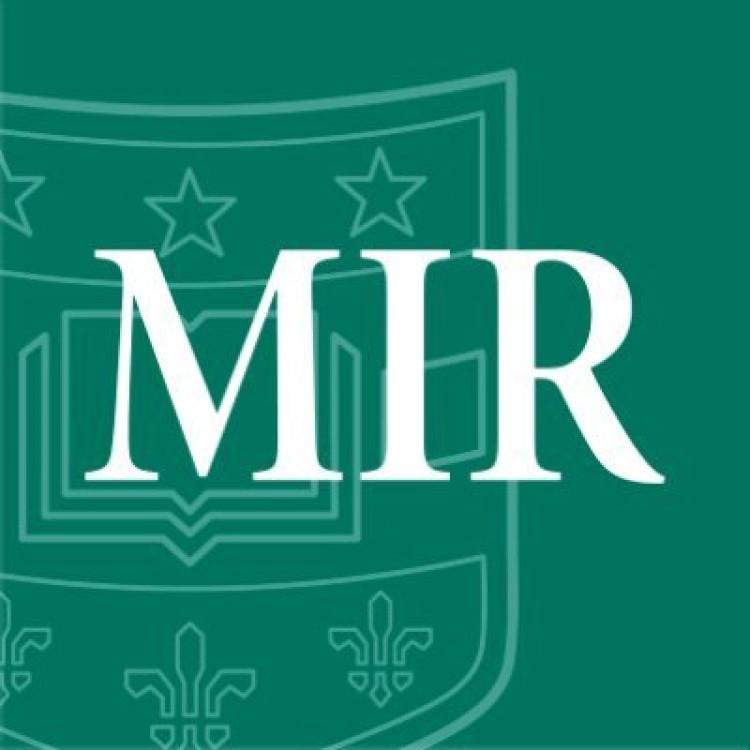
In 1974, the Mallinckrodt Institute of Radiology in St. Louis partnered with London’s EMI, Ltd. to develop a…
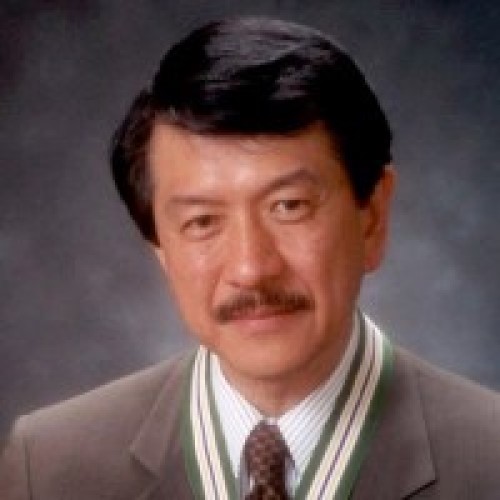
In 1974, Dr. Victor Ling at the University Health Network in Toronto identified cell surface glycoprotein as a…
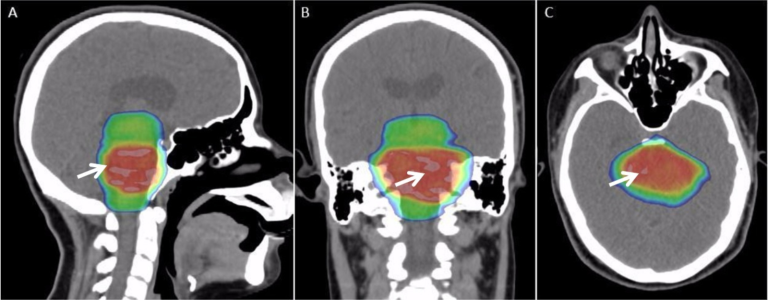
In 1974, the Cancer Therapy & Research Center (CTRC) at the University of Texas (UT) Health Science Center…